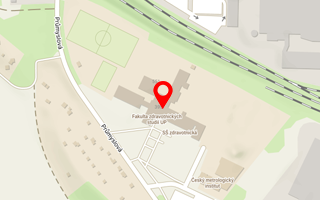Publication detail
Neobvyklé iatrogenní poranění n. musculocutaneus - dvě kazuistiky
Authors:
Kanta Martin | Ehler Edvard | Laštoviška David | Habalová Jiřina | Bartoš M | Řehák Svatopluk
Year: 2010
Type of publication: článek v odborném periodiku
Name of source: Česká a slovenská neurologie a neurochirurgie
Publisher name: Česká lékařská společnost J. E. Purkyně
Place: Praha
Page from-to: 434-437
